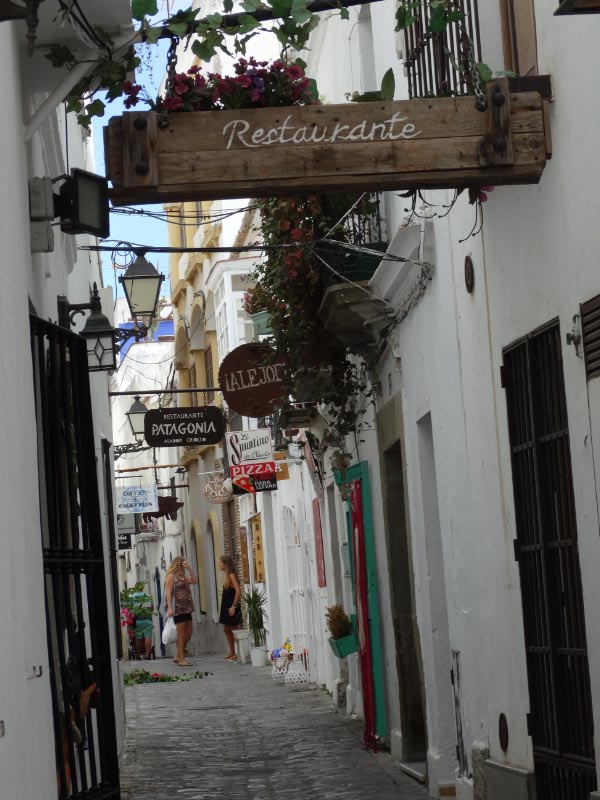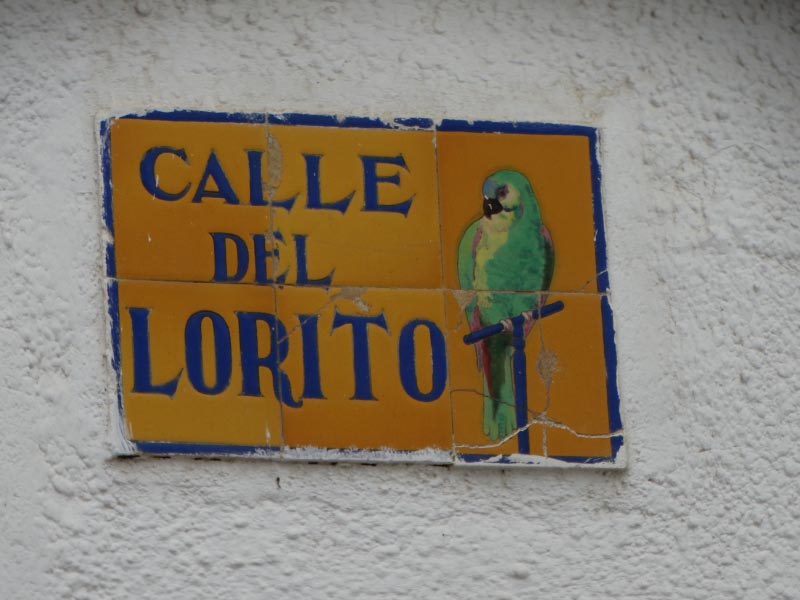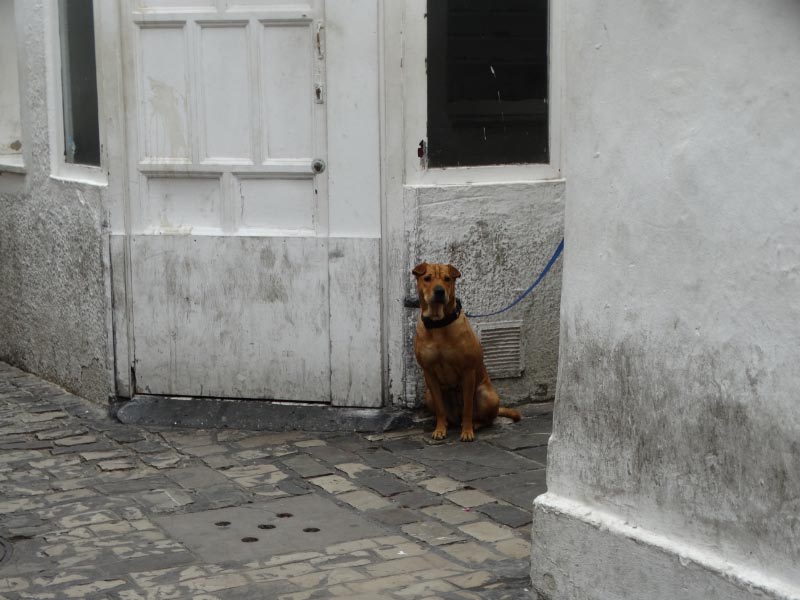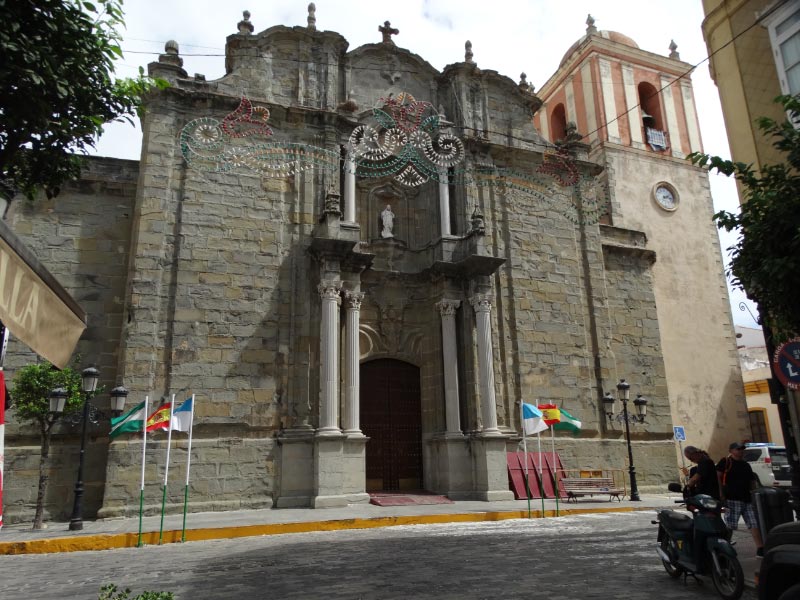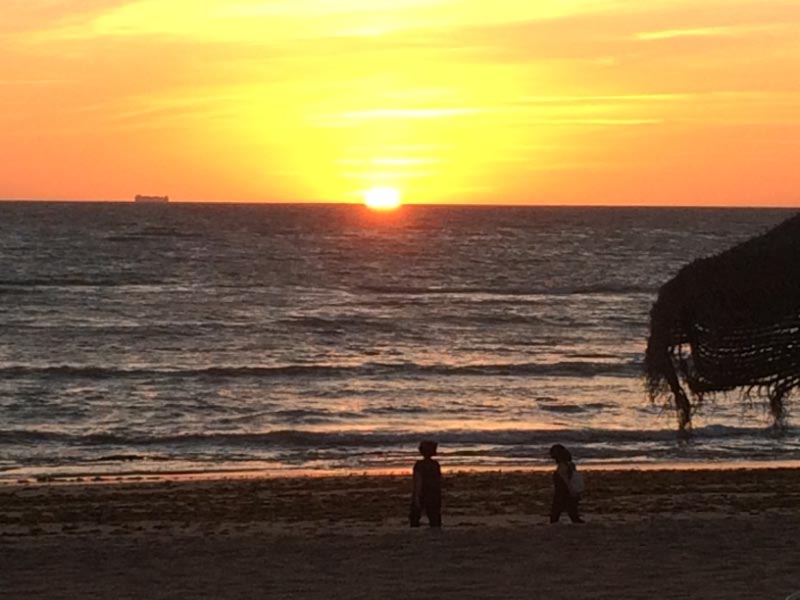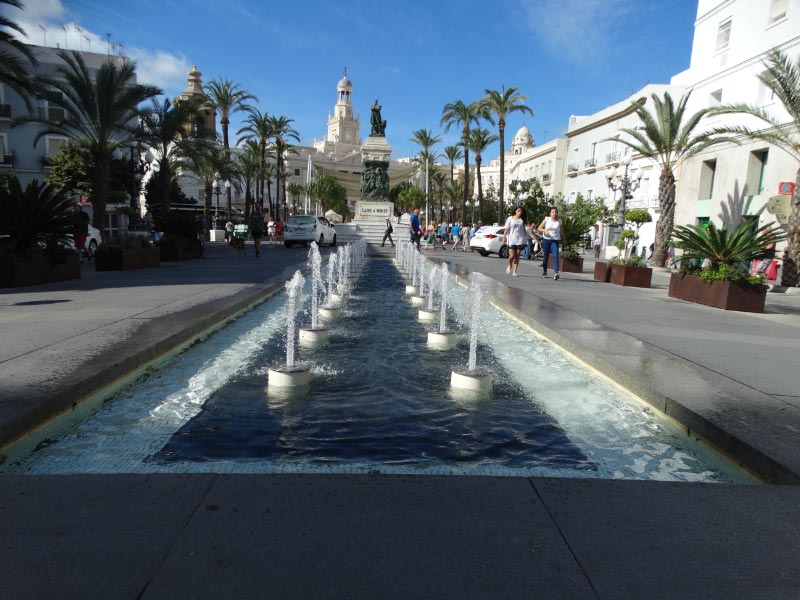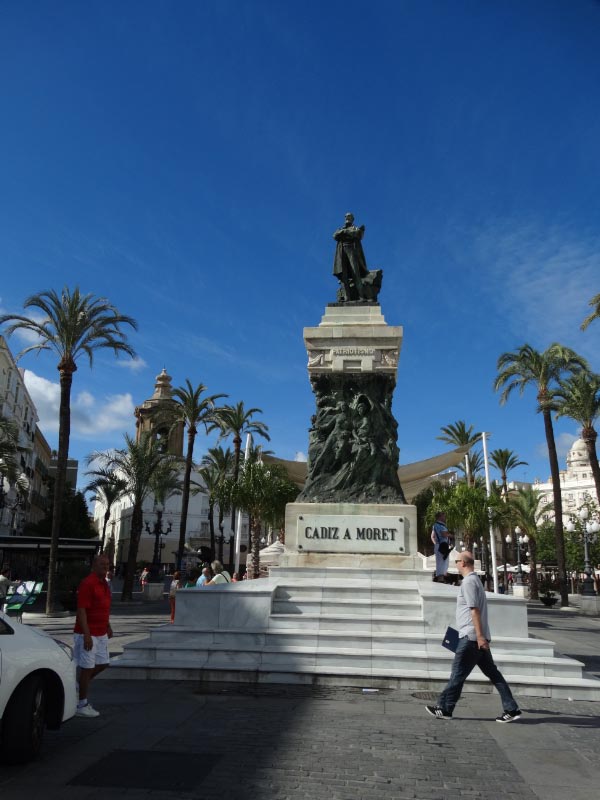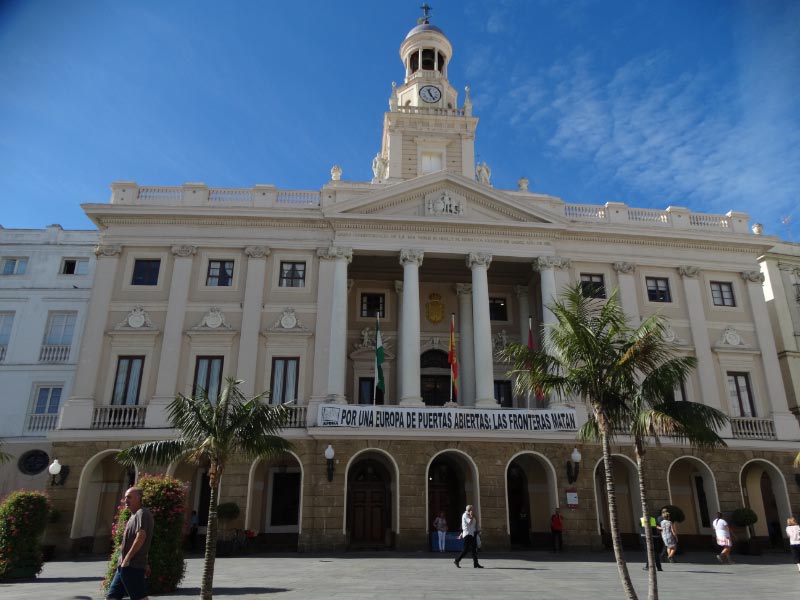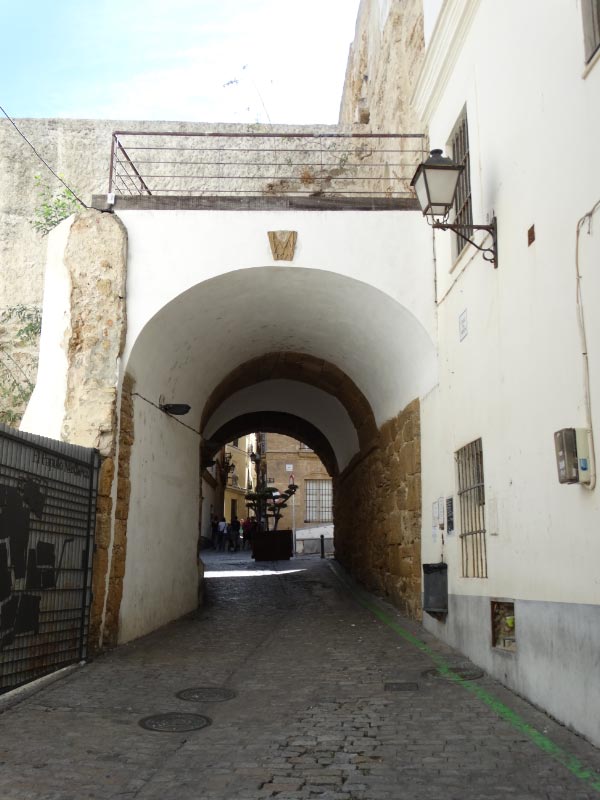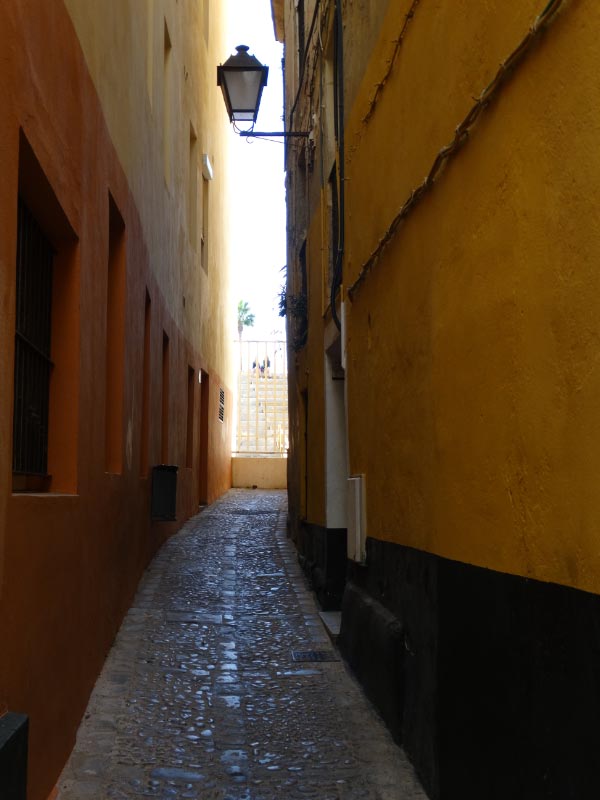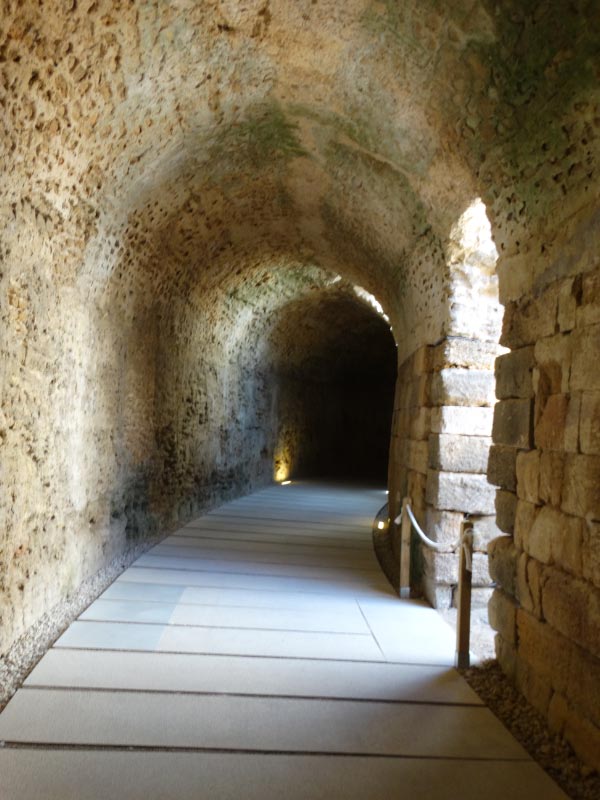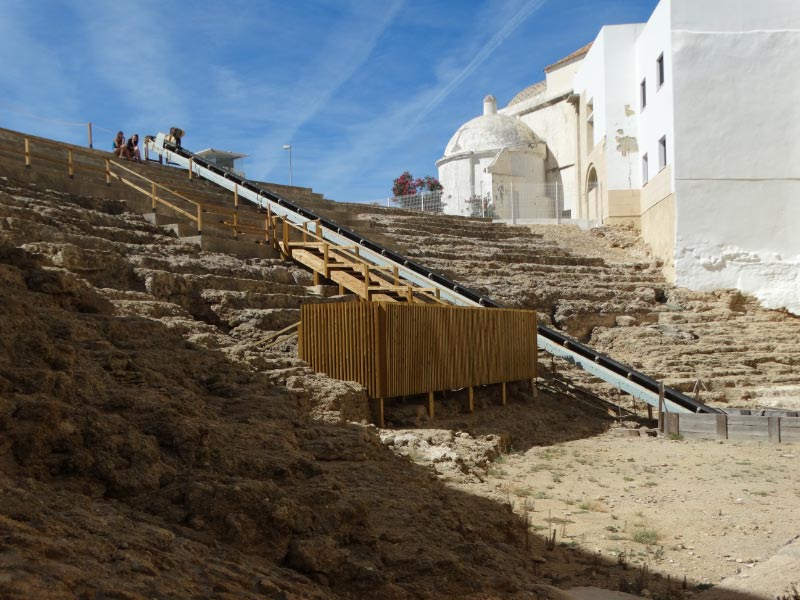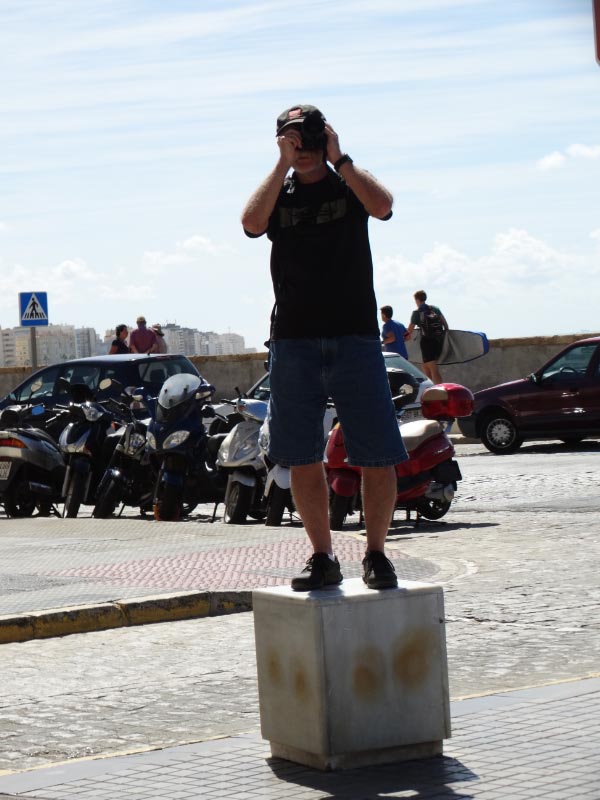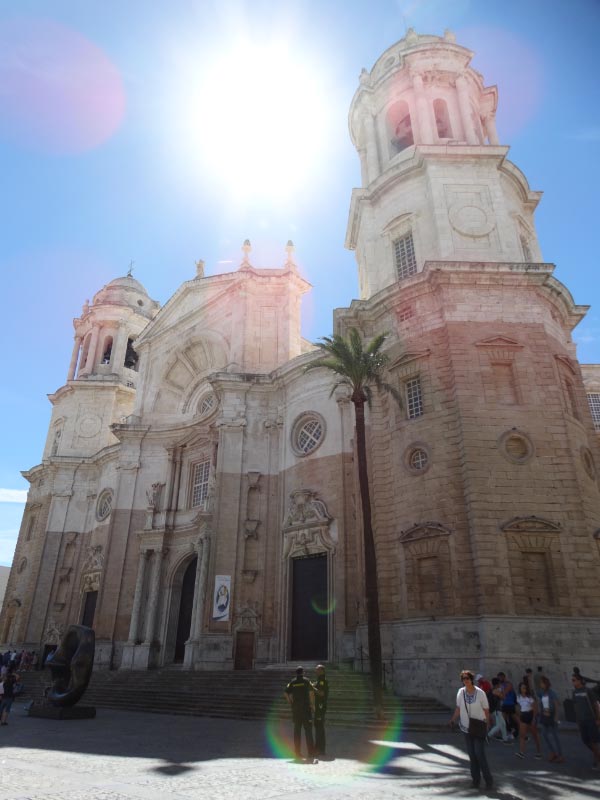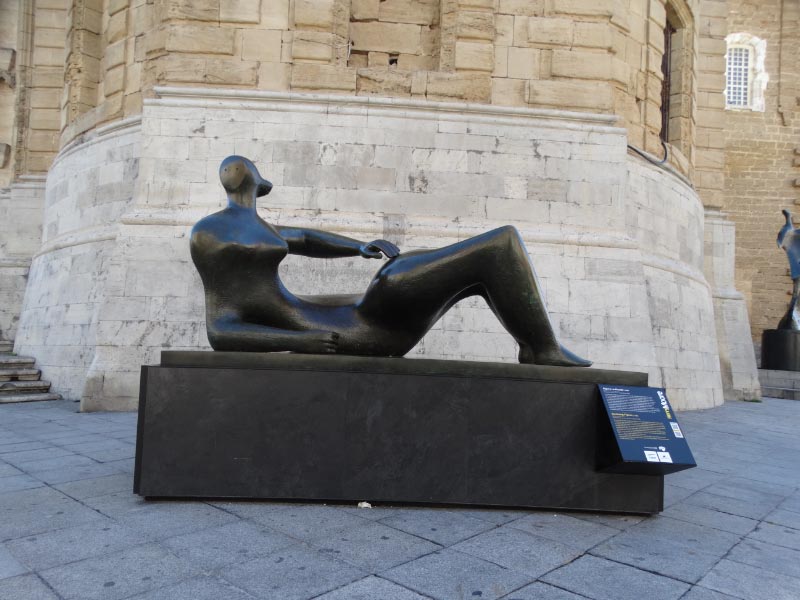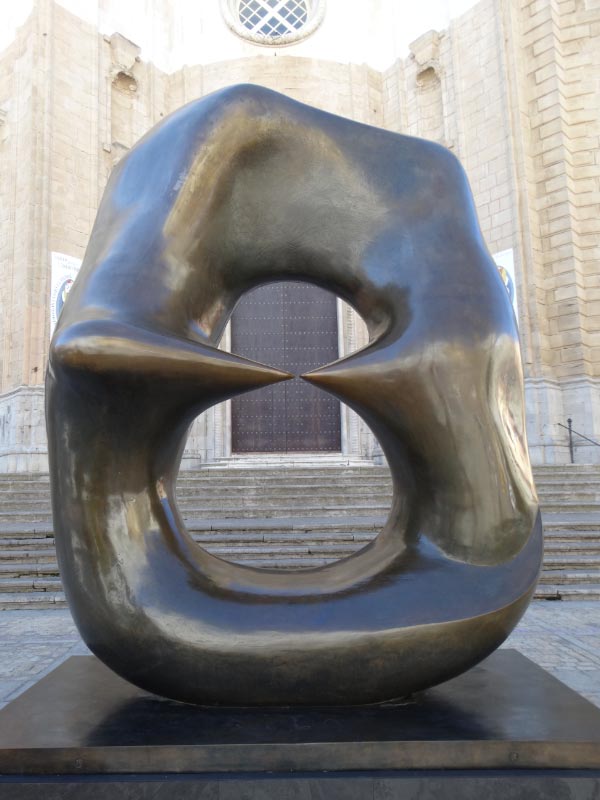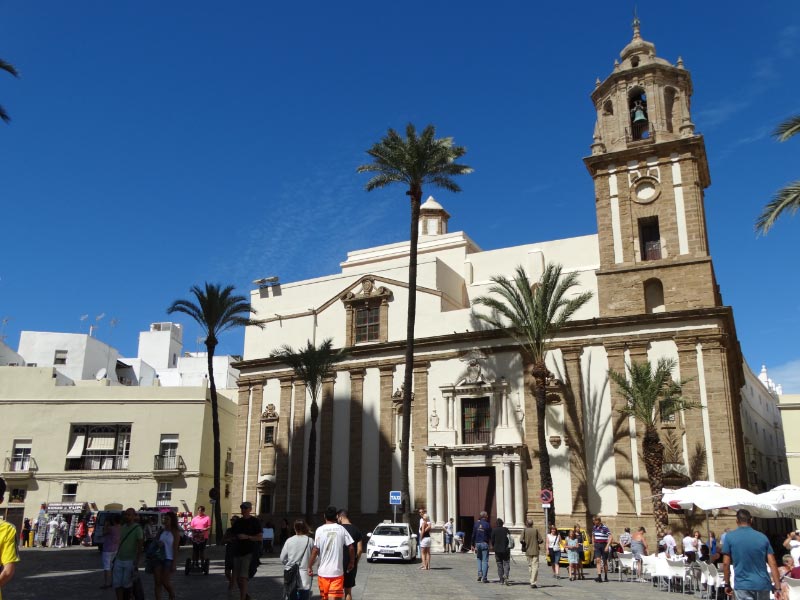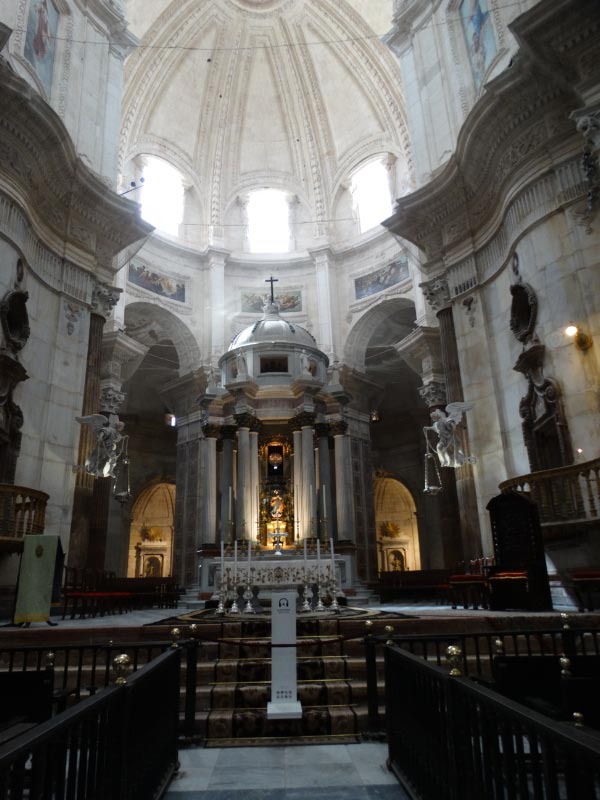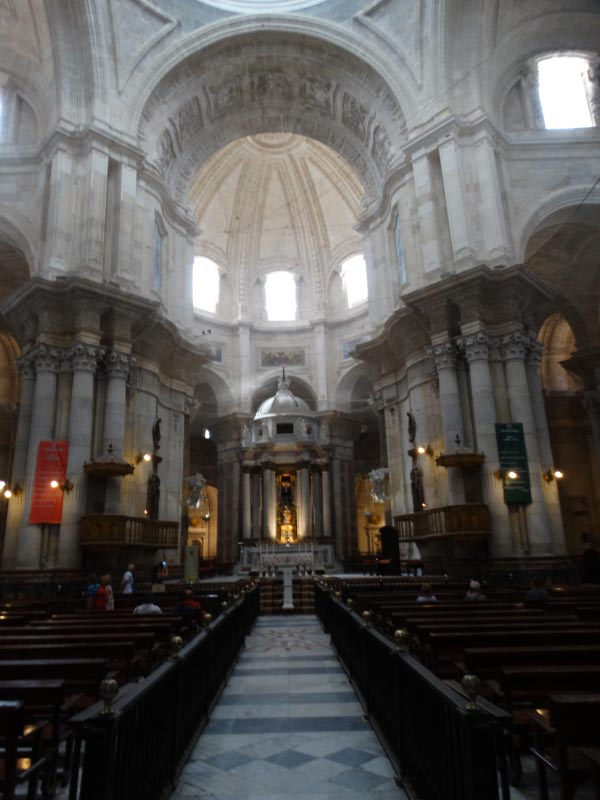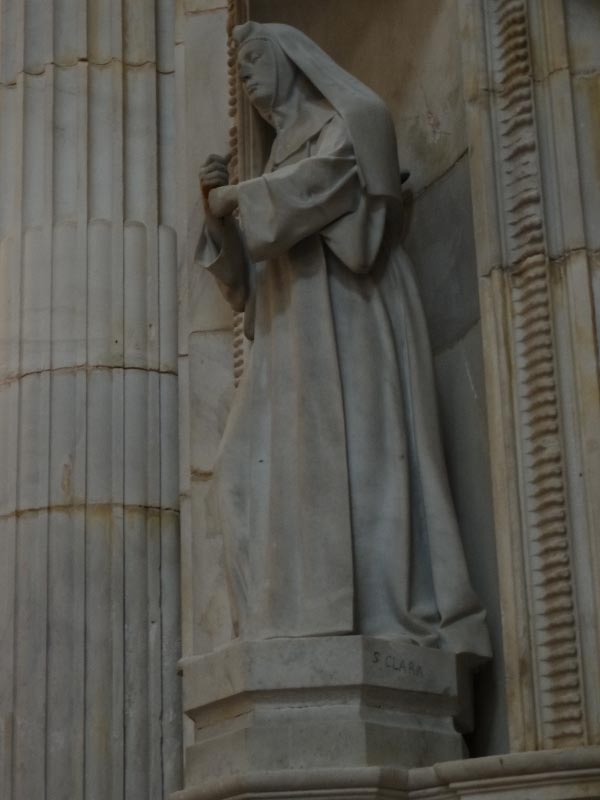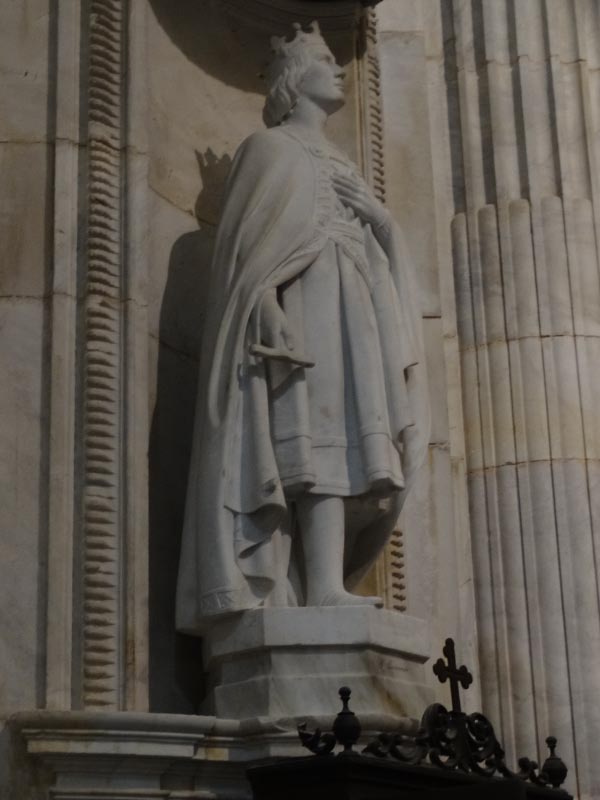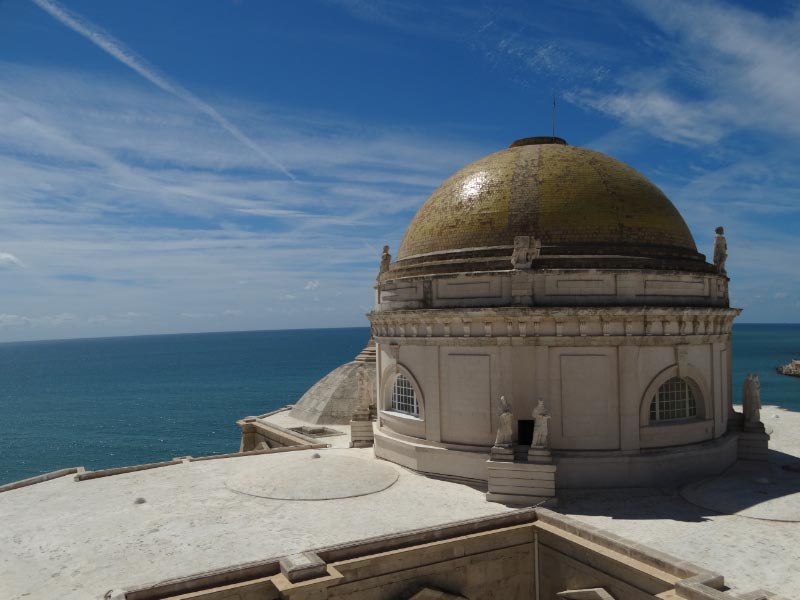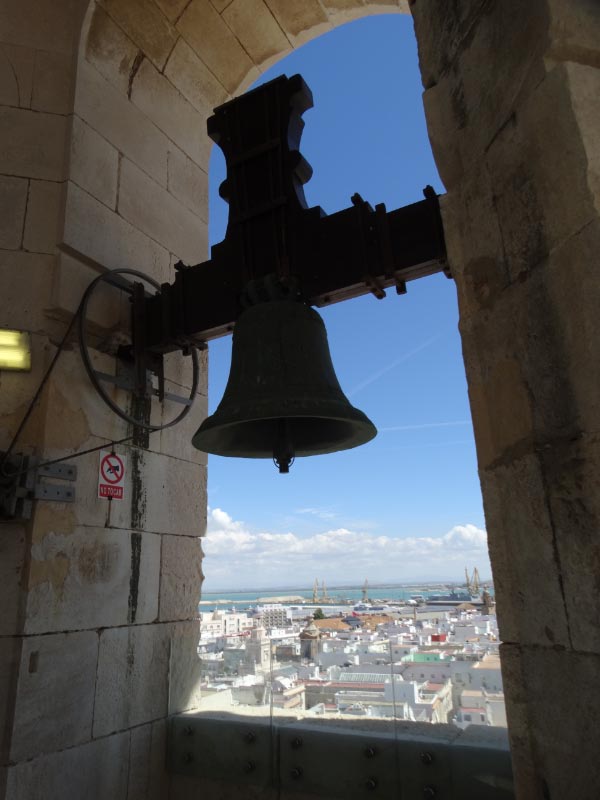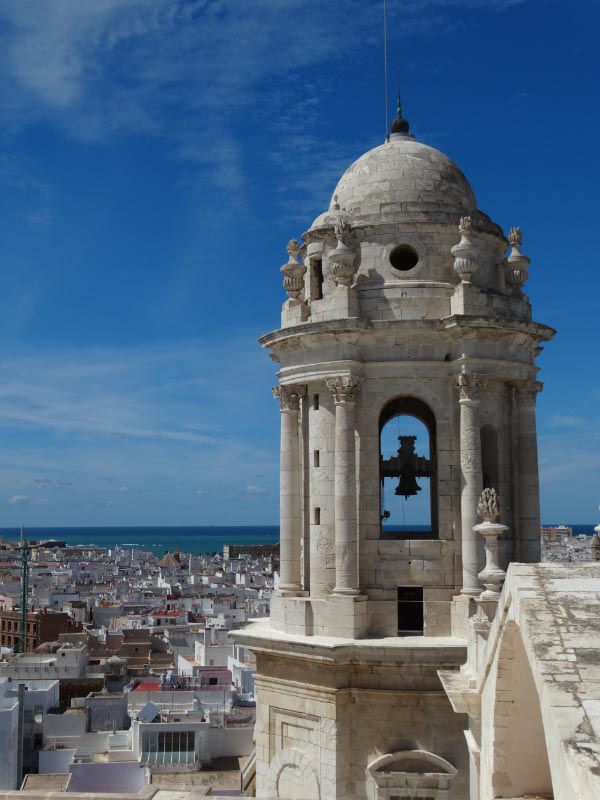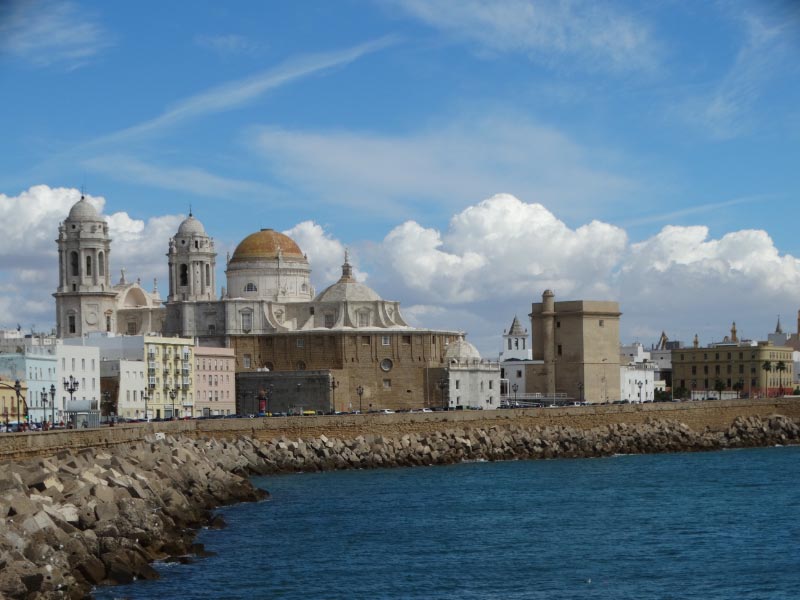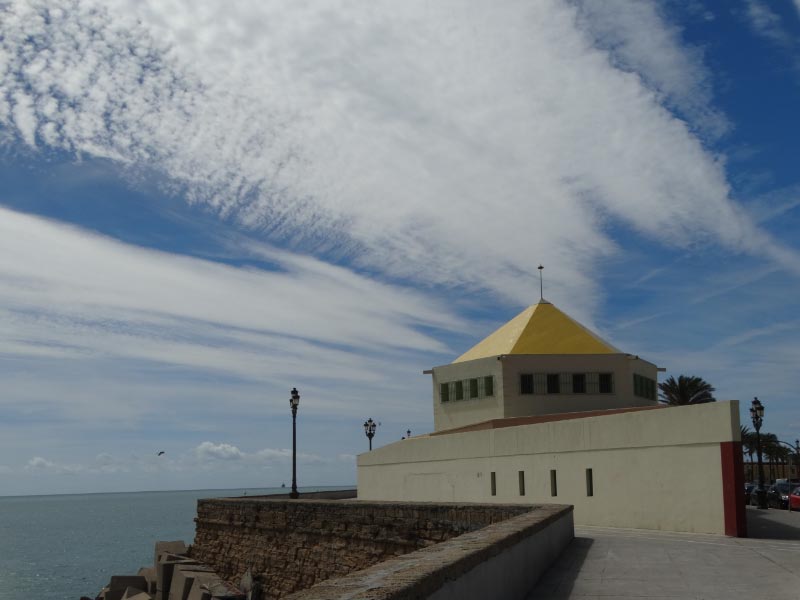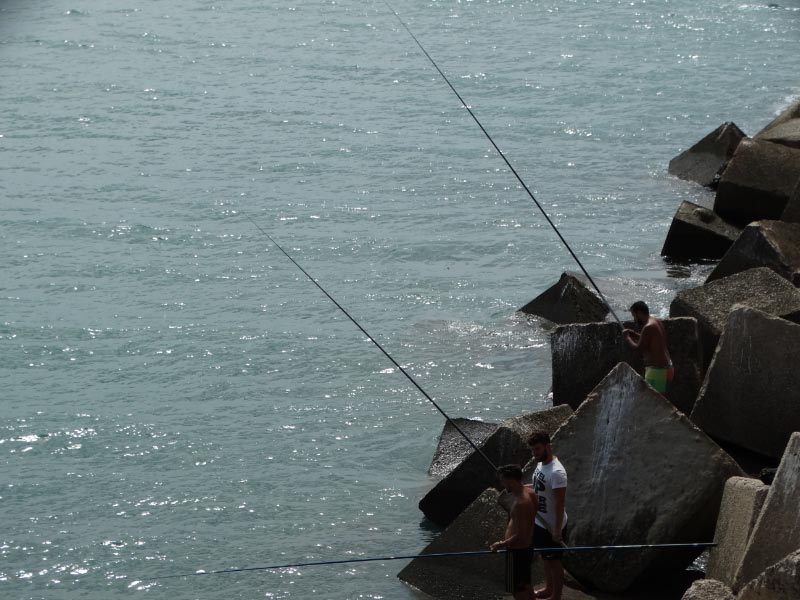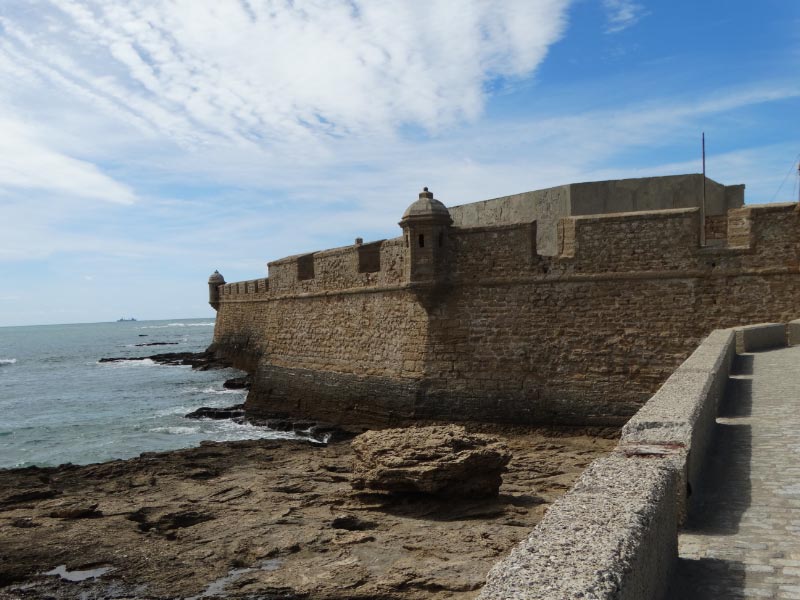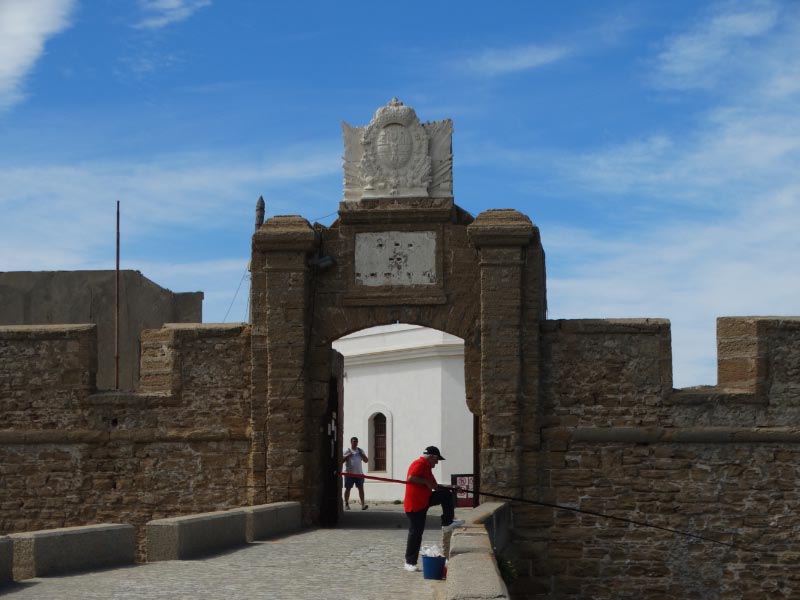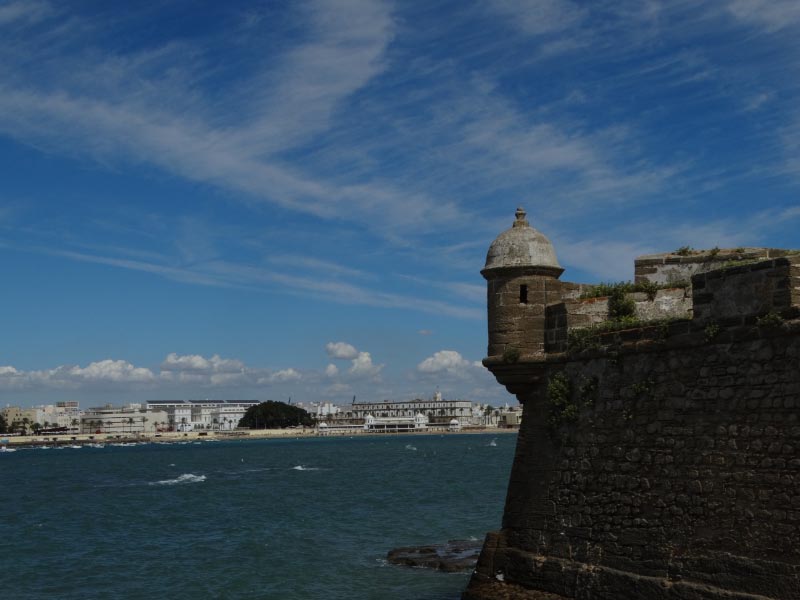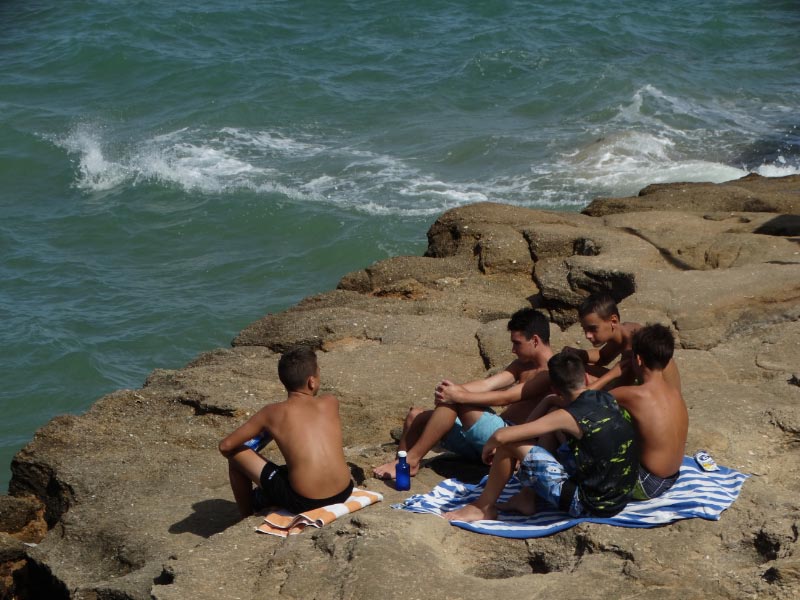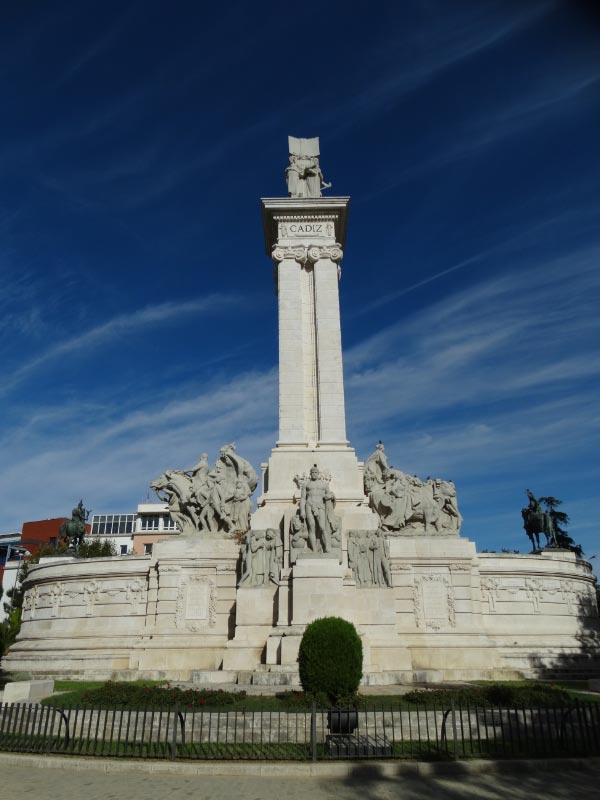Tuesday 13 to Thursday 15 September
Our next port of call was Cadiz, but we made a stop en route at Tarifa for lunch.
Tarifa is near where Lord Nelson lost his life, quite a win for the Spaniards. It is the southernmost coast of Spain and windy, a great spot for wind surfing.
Its name comes from Tarif ibn Malik, a Berber military commander who attacked the city in 710AD. Like many coastal Spanish towns it laid under siege many times.
But we were only there for lunch and a wander around the narrow streets. Given its domination for wind sports, it appeared to be a popular town for young nomads. We were entertained by a couple with guitar and voice. She had the most delightful voice and sang four or five songs. I felt pleased that she happily accepted my left over British currency as a tip.
We continued on to Cadiz, as the clouds built and quite suddenly we were engulfed in a massive downpour. You could barely make out the road in front.
As we reached Cadiz the rain dried up and the sun came out.
Our hotel was some distance out of town so we opted for a sunset drink at a local Chiringuito and we found a lovely restaurant close to our hotel.
Our first port of call next morning was the Plaza de San Juan de Dios. Churros was popular here, I suspect the cruisers are encouraged to try a churros when they are here. Most Spaniards eat churros after a late night out, before heading home.
Cadiz was founded by the Phoenicians in 1104BC and is the oldest continuously inhabited city in Spain and one of the oldest in Western Europe. The old city is compact and very interesting. There is an excellent information centre attached to the Roman Theatre, providing an insight into how it was built and used – bringing to life the crumbling ruins.
The Visigoths overthrew the city, then known as Gadas, in 410AD, it was then conquered by Justinian as part of the Byzantinian province of Spania in 550. It was retaken by the Visigoths in 572. Like much of the western Iberian peninsula, the city was under Moorish rule between 711 and 1262 with the name Qȃdis. In fact there is a famous Muslim legend about an idol called sanam Qȃdis, 100 cubits tall whose magic blocked ships from passing through the straights of Gibraltar with contrary winds and currents.
There is a stunning cathedral in Plaza de la Catedral, and a Henry Moore exhibition outside it. We did the obligatory tour of the cathedral, then climbed the ramp in the tower to get a wonderful view of the city.
There are two fortifications on the waterfront of Cadiz – Castillo de San Sebastion and Castillo de Santa Catalina. We visited the Castillo de San Sebastion built in 1706 and linked by a long walkway of built up rocks to what was an island. There is nothing there other than a view of the city and after our rainstorm, a wonderful sweeping sky.
Of most interest is Cadiz recent history. It is the home of the Orotario de San Felipe Neri – the liberal Spanish Constitution of 1812 was proclaimed. We spent some time understanding the history and then visited Plaza d’Espana, which was built to commemorate the first centenary in 1912.
e_header.jpg)

